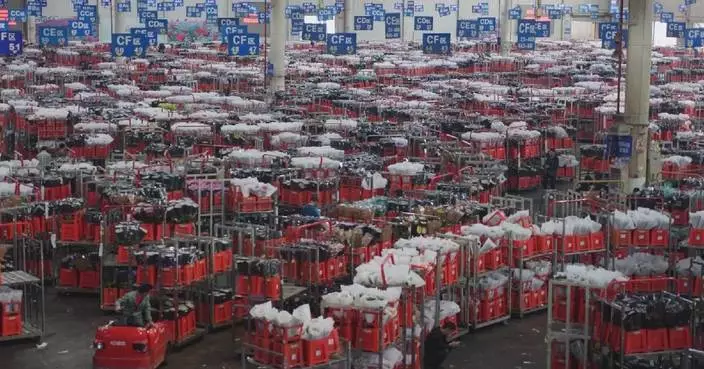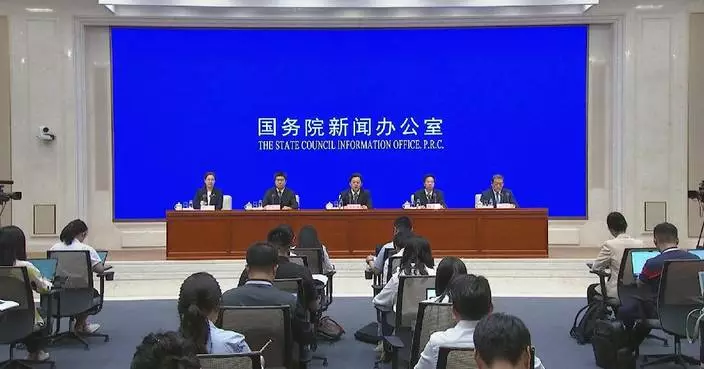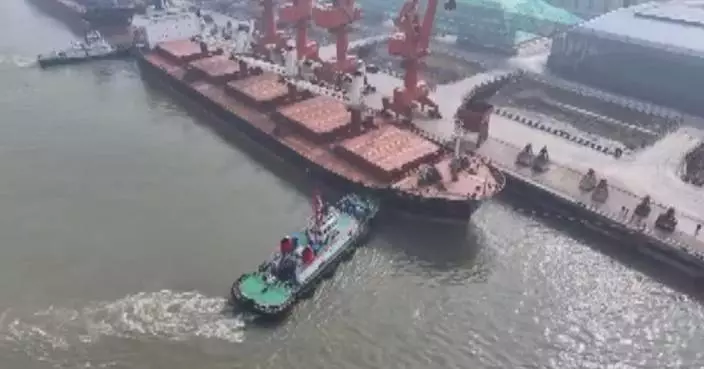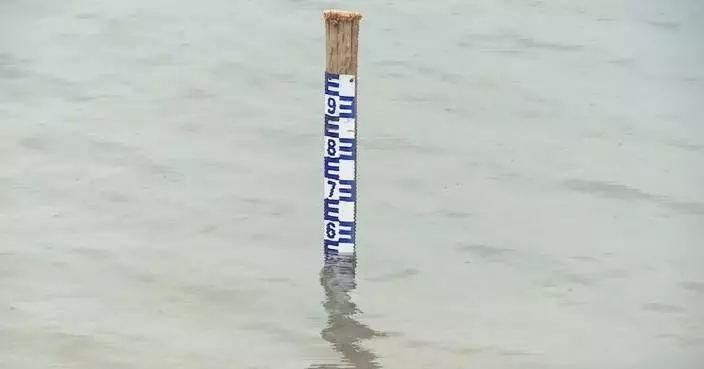Yvon Velot, a French engineer and a commercial chamber representative who has lived in southwest China's Yunnan Province for 25 years, has been actively contributing to fostering exchanges and building the "bridge of friendship" between China and France, as the two nations have seen increasingly strengthened ties in recent years.
The year 2024 marks the 60th anniversary of the establishment of diplomatic relations between China and France, and Chinese President Xi Jinping just concluded a three-day state visit to France on Tuesday. Over the past 60 years, numerous individuals from both nations, including Velot, have significantly contributed to the exchanges and cooperation between the two countries.
"I came to Kunming for consultation work when several French companies came here for the expo (1999 Kunming World Horticultural Exposition). After the expo, I found Yunnan to be a great place to live. There are more flights and high-speed trains, so I chose to stay here," said Velot, representative in Kunming of the French Chamber of Commerce and Industry in China (CCI France China).
As a mechanical engineer, Velot has deep-running passion for bridge construction. He discovered a historical connection between China and France through old photographs and materials about China's Yunnan-Vietnam Railway. It is the first railway in Yunnan, on which narrow-gauge trains have been running for over a century.
As early as 1932, the Michelin train, a rubber-tired train developed in France, began operating on this Chinese railway.
Velot said that compared to trains with steel wheels, Michelin trains offered faster speeds and a more comfortable ride with their rubber tires. This technology was considered advanced in France at the time and appeared simultaneously on the Yunnan-Vietnam Railway.
Besides, the Wujiazhai Railway Bridge, also known as the "Inverted-V Bridge", located in the railway section of Pingbian Miao Autonomous County of Yunnan, was built in 1907 by a French construction company.
"To me, the Wujiazhai Railway Bridge stands for the best example of the application of advanced technology on the Yunnan-Vietnam Railway. The engineer who designed it used the same technique as the Garabit Viaduct (in the French city Tanus)," Velot added.
Velot said that because of the connection provided by the bridge, delegates from Tanus visited Pingbian in both 2017 and 2019, ultimately signing a sister city agreement during their visits.
"I also hope that in the future, we'll see an increasing number of French people visiting China and Chinese people traveling to France, continuing the friendship (between China and France)," said Velot.

French engineer builds "friendship bridge" between China, France









